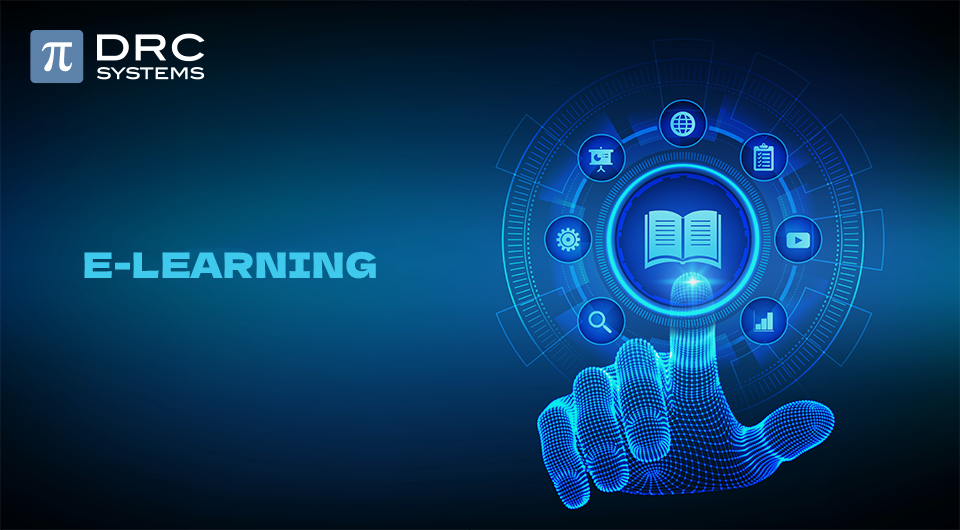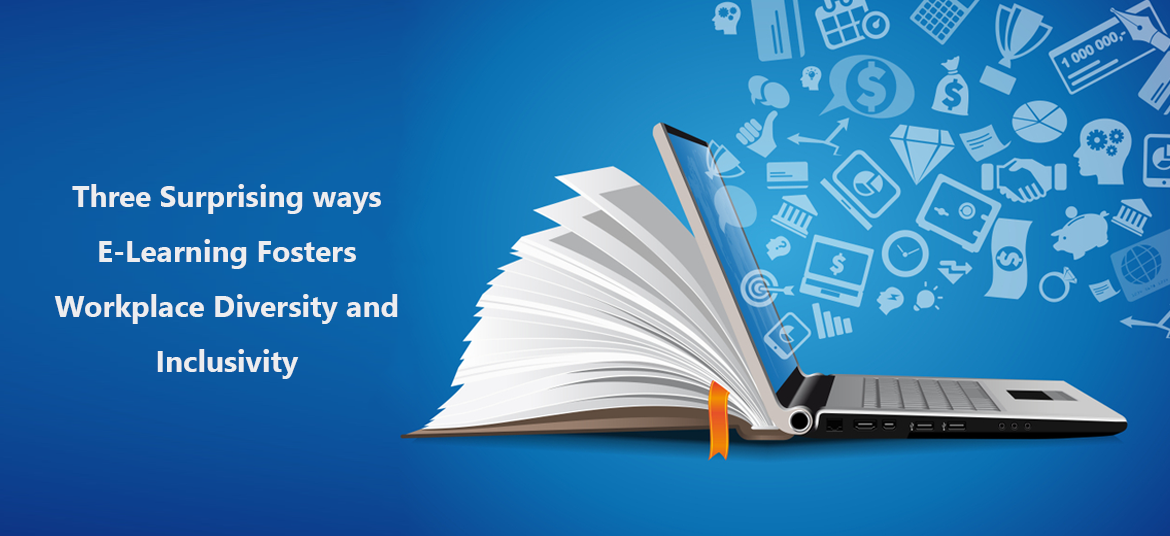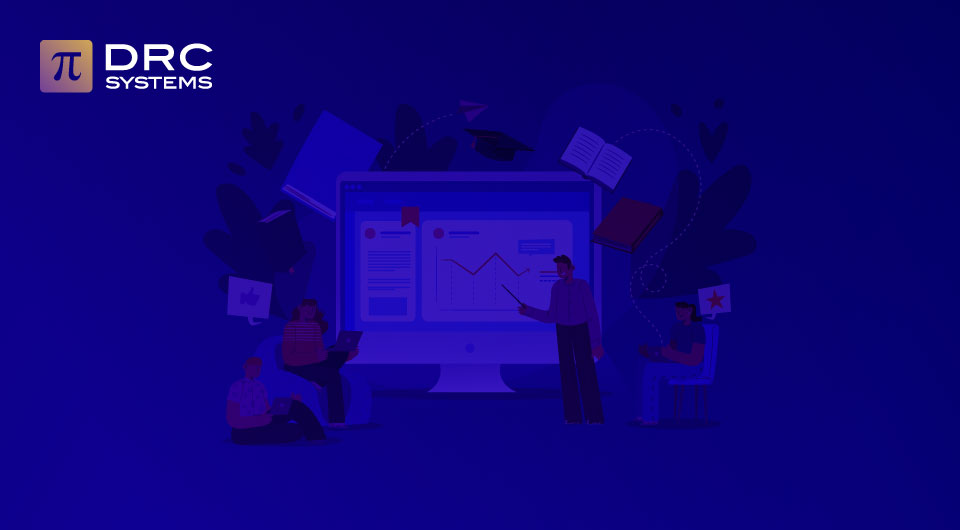Related Articles
How an LMS Can Promote Business Agility in the Age of COVID-19
Want to increase your business agility during these tough times? This is how an LMS can boost up your business agility during COVID-19.
Read The PostSurprising Ways eLearning Fosters Workplace Diversity and Inclusivity.
Incorporate diverse online learning programs and engagement practices to foster workplace diversity and inclusivity within your organization.
Read The PostHow to Create Blended Learning in Your Open edX E-Learning Instance
Online learning provides comfort and flexibility for students who prefer alternatives to traditional classrooms. Recently, blended learning has become increasingly…
Read The Post


